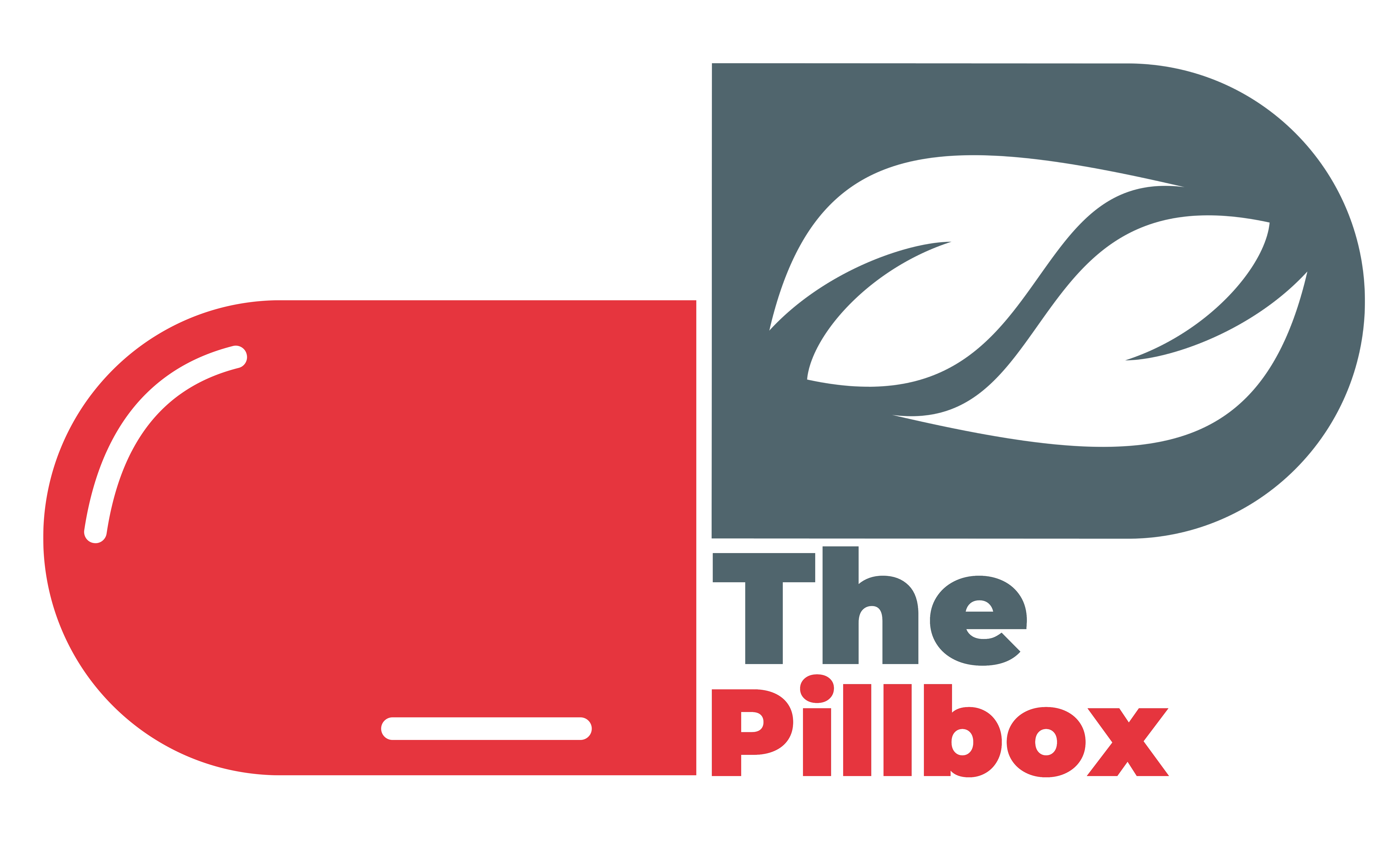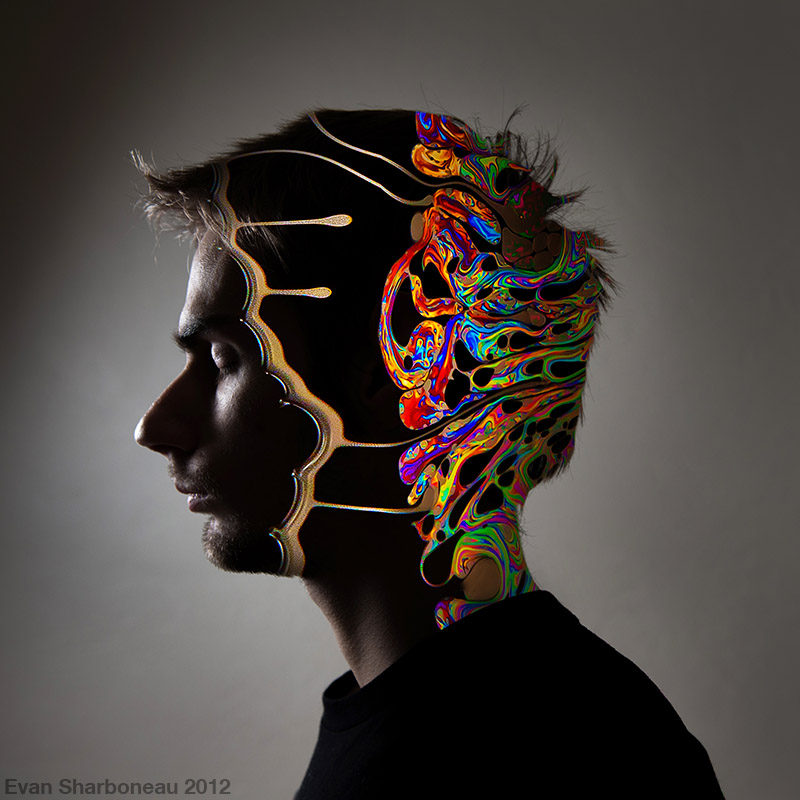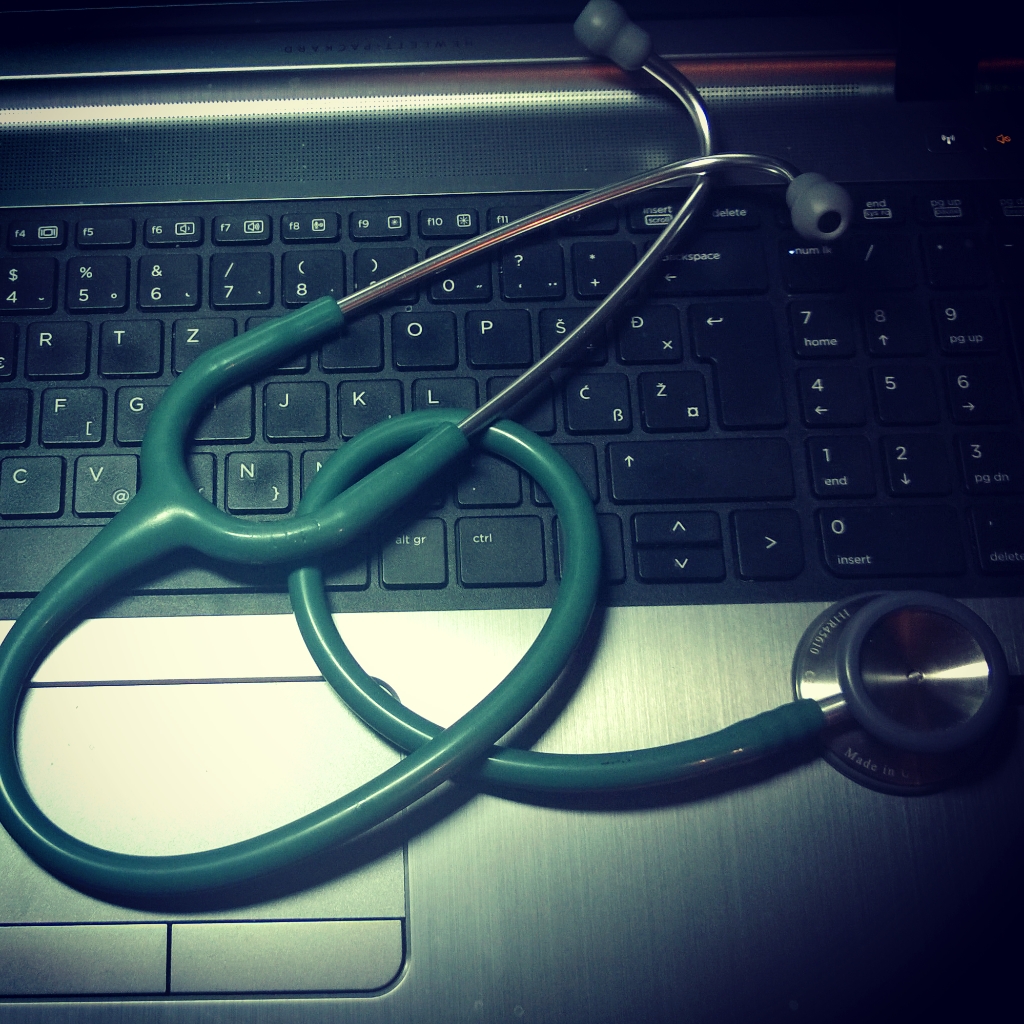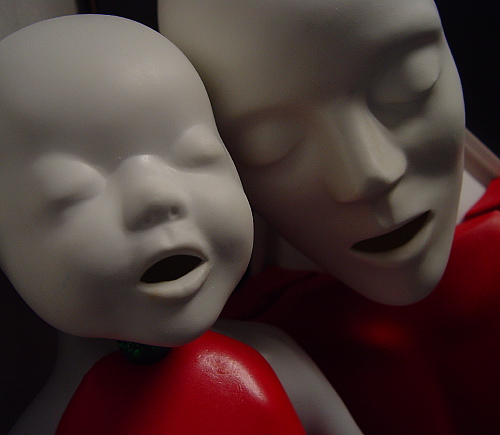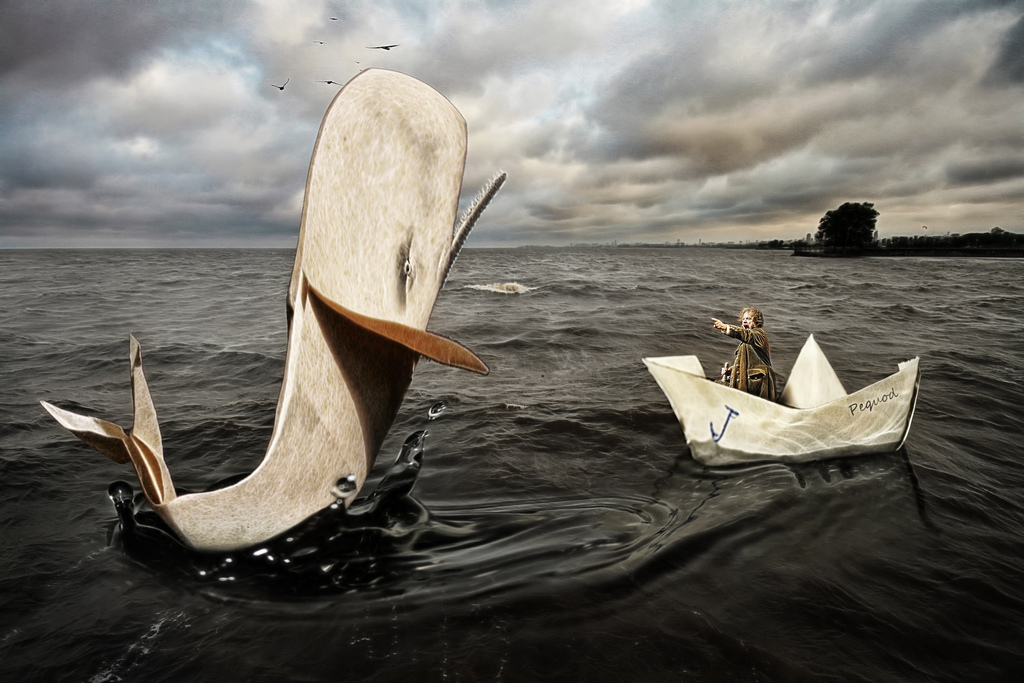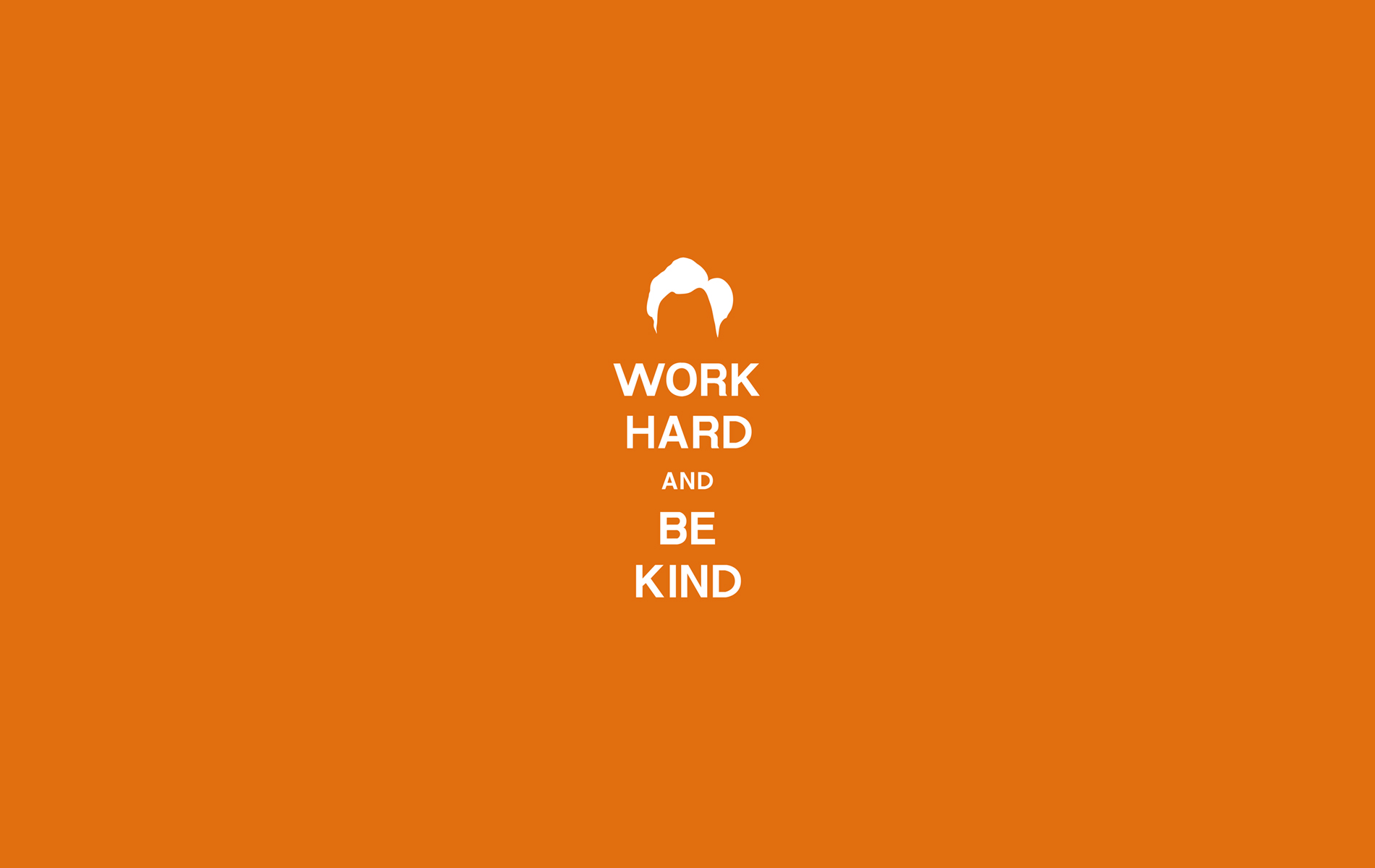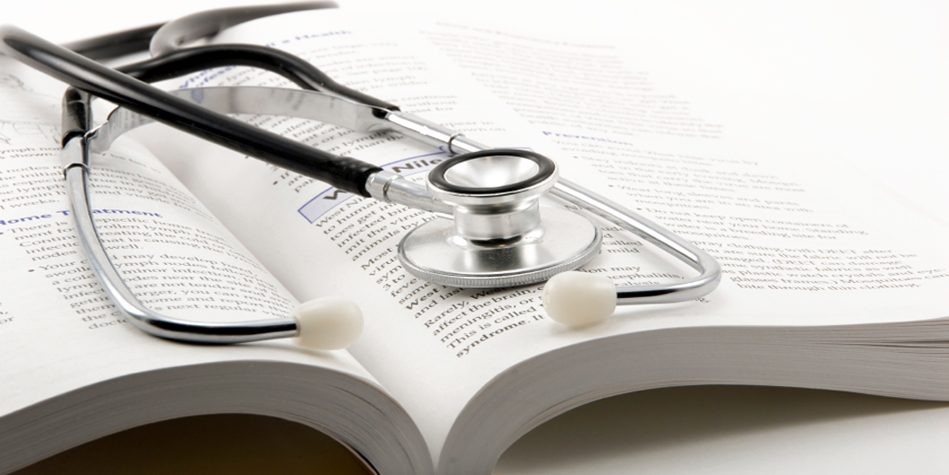This week, Dr. Barry Coller’s 2015 commencement speech at Northwestern University Feinberg School of Medicine entitled, “The Compassionate Physician Discoverer” debuts via the Medical Commencement Archive.
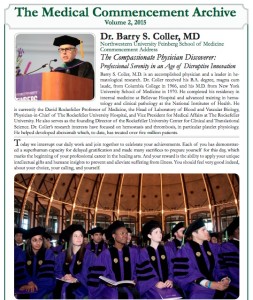 Dr. Coller is a respected educator and a leader in hematological research. He graduated from Columbia College in 1966, received his M.D. from New York University School of Medicine in 1970 and completed his residency in internal medicine at Bellevue Hospital and advanced training in hematology and clinical pathology at the National Institute of Health. He is currently the David Rockefeller Professor of Medicine, the Head of Laboratory of Blood and Vascular Biology, Physician-in-Chief of The Rockefeller University Hospital, and Vice President for Medical Affairs at The Rockefeller University. He also serves as the founding Director of the Rockefeller University Center for Clinical and Translational Science. Dr. Coller’s research interests have focused on hemostasis and thrombosis, in particular platelet physiology. He helped developed abciximab which, to date, has treated over five million patients – I’m sure we’ve all heard that drug in pharmacology many times!
Dr. Coller is a respected educator and a leader in hematological research. He graduated from Columbia College in 1966, received his M.D. from New York University School of Medicine in 1970 and completed his residency in internal medicine at Bellevue Hospital and advanced training in hematology and clinical pathology at the National Institute of Health. He is currently the David Rockefeller Professor of Medicine, the Head of Laboratory of Blood and Vascular Biology, Physician-in-Chief of The Rockefeller University Hospital, and Vice President for Medical Affairs at The Rockefeller University. He also serves as the founding Director of the Rockefeller University Center for Clinical and Translational Science. Dr. Coller’s research interests have focused on hemostasis and thrombosis, in particular platelet physiology. He helped developed abciximab which, to date, has treated over five million patients – I’m sure we’ve all heard that drug in pharmacology many times!
Dr. Coller began his address by reflecting upon, what he believes, are the two pillars of medicine: science and humanism.
“The expert physician has a comprehensive and deep scientific understanding of the causes of illness and the rational basis of disease prevention and therapy; the compassionate physician applies that knowledge with sensitivity to the unique needs and circumstances of a single complex individual.”
He further explains that medical humanism has five core elements: the preciousness of human life, respecting and protecting a patient’s dignity, celebrating human diversity, sympathetic appreciation of the complexity of the human condition and lastly, a commitment to social justice, universal access to medical care, and global responsibility.
Of course, a leader in research will not fail to emphasize the importance of furthering science:
“…I appeal to each of you to be a medical discoverer by which I mean applying the scientific method to address a health need… you live in an age of ever faster technologic change, much of which meets the criterion of disruptive innovation, wherein new technology does not simply improve on previous technology, but forces radical transformation.”
At the end of his speech, Dr. Coller concludes with this piece of wisdom:
“Art, literature, poetry, theater, and cinema help you keep the patient’s perspective before your eyes, but nothing is as good as really listening to your own patients, sympathetically hearing their life story, and learning what they have teach you. And nothing is as rewarding.”
